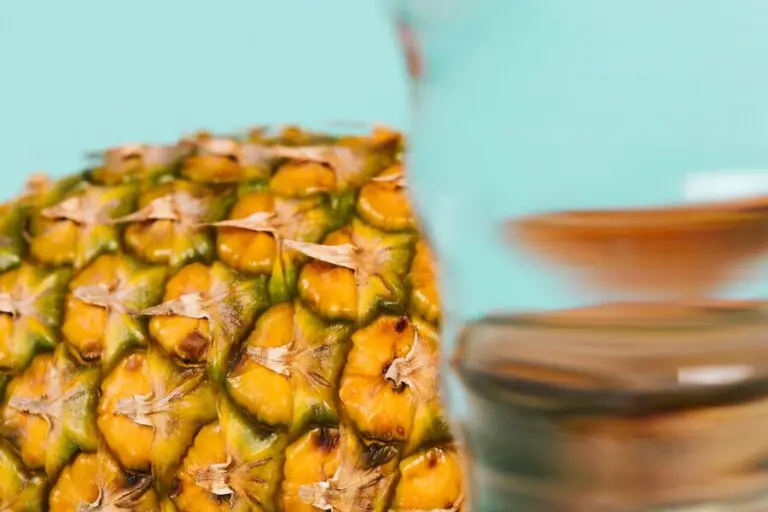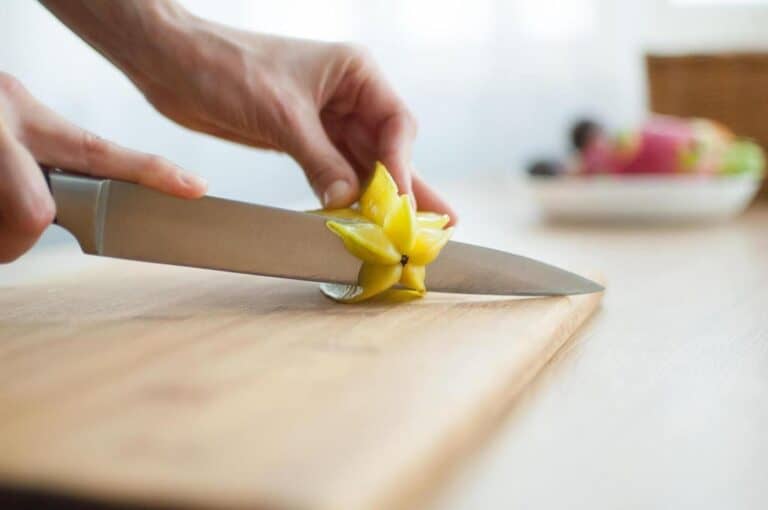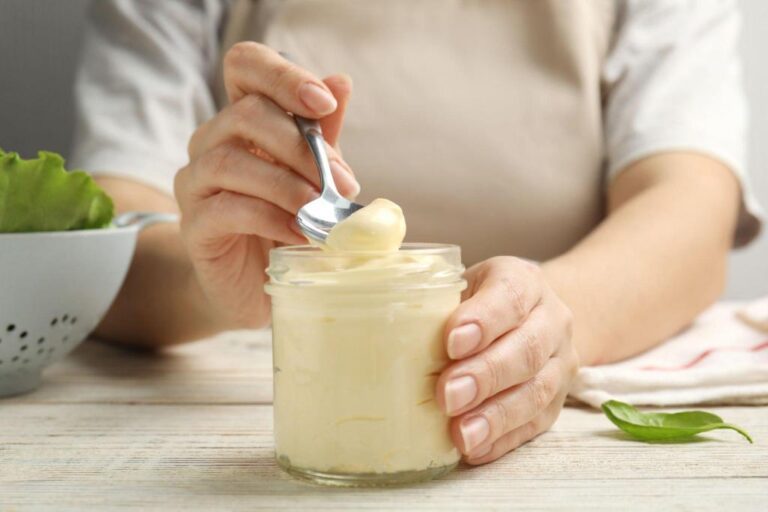Can You Eat Pho After Wisdom Teeth Removal? What You Need to Know
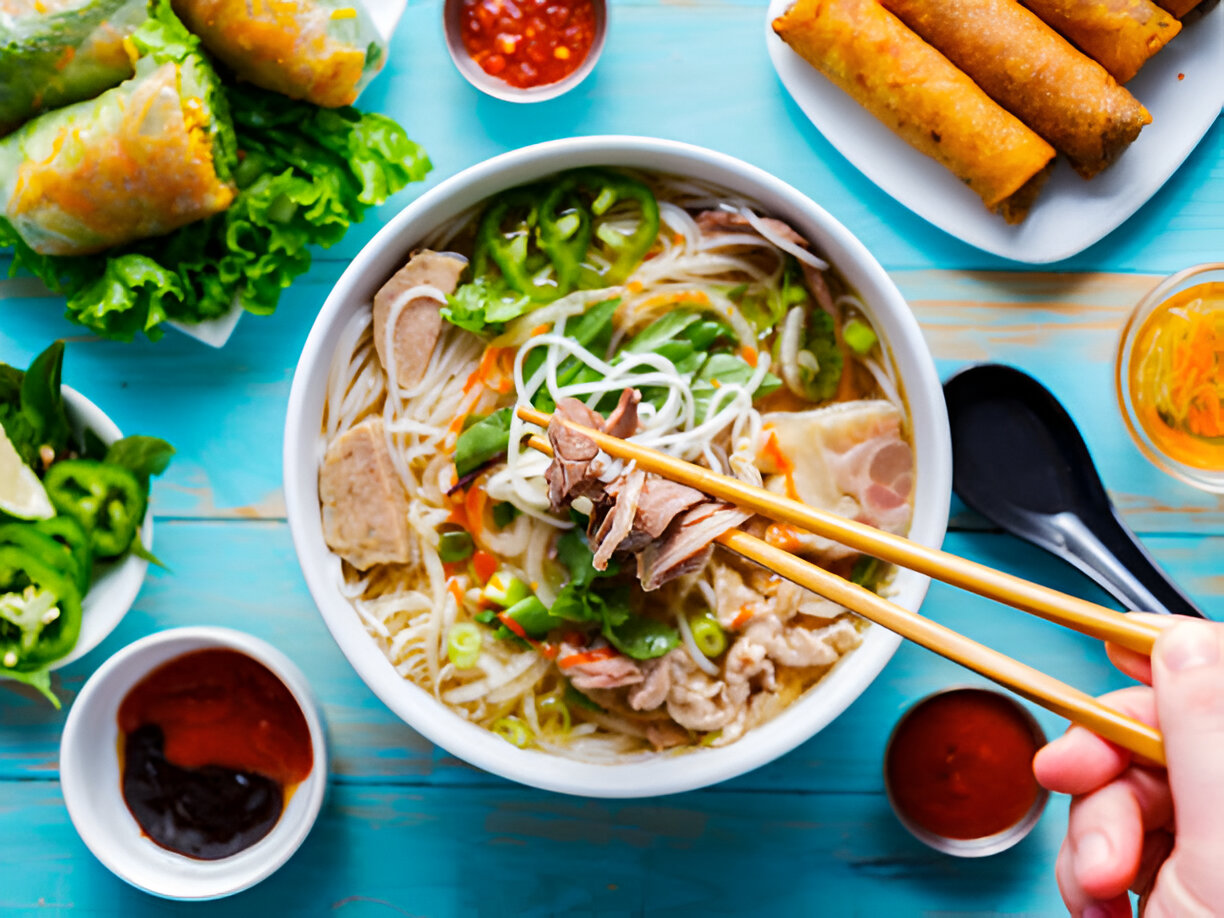
So, you’ve just had your wisdom teeth removed. Congratulations! You’ve joined the not-so-exclusive club of folks who’ve endured the dreaded dental procedure. It’s a rite of passage, really. But now that you’re on the other side, with gauze in your mouth and a somewhat foggy head, one burning question might be on your mind: “Can I eat pho?”
If you’re like me, the craving for comfort food kicks in almost immediately after any ordeal. And what’s more comforting than a steaming bowl of pho? The rich broth, the tender meat, the slurp-worthy noodles—pho is the ultimate hug in a bowl. But after wisdom teeth removal, things get a little tricky.
The Wisdom Tooth Aftermath
First, let’s talk about what’s going on in your mouth post-surgery. Wisdom teeth removal isn’t exactly a walk in the park. You’ve got open wounds, stitches, and possibly a bit of swelling. Your dentist or oral surgeon probably handed you a list of foods to avoid—most of which, to your dismay, fall into the “delicious” category.
The general rule of thumb after wisdom teeth removal is to avoid anything too hard, too crunchy, too spicy, or too hot. The goal is to prevent irritating the surgical sites, avoid dislodging any blood clots (which could lead to the dreaded dry socket), and keep everything as calm and cool as possible in there.
Pho: The Comfort Food Dilemma
So where does pho fit into this? Let’s break it down. Pho, in all its glory, is a dish with several components: broth, noodles, meat, and a variety of herbs and vegetables. Each of these elements poses its own set of pros and cons for your post-surgery situation.
The Broth
Let’s start with the star of the show—the broth. Pho broth is a savory, aromatic liquid that’s warm, nourishing, and easy to swallow. On paper, it seems like the perfect post-surgery food. It’s soft, hydrating, and packed with flavor.
But—and there’s always a but—temperature matters. If the broth is too hot, it could irritate your healing gums and possibly dislodge those crucial blood clots. Lukewarm or cool broth, however, could be your best friend during recovery. It’s soothing, doesn’t require much chewing, and can help keep you hydrated.
The Noodles
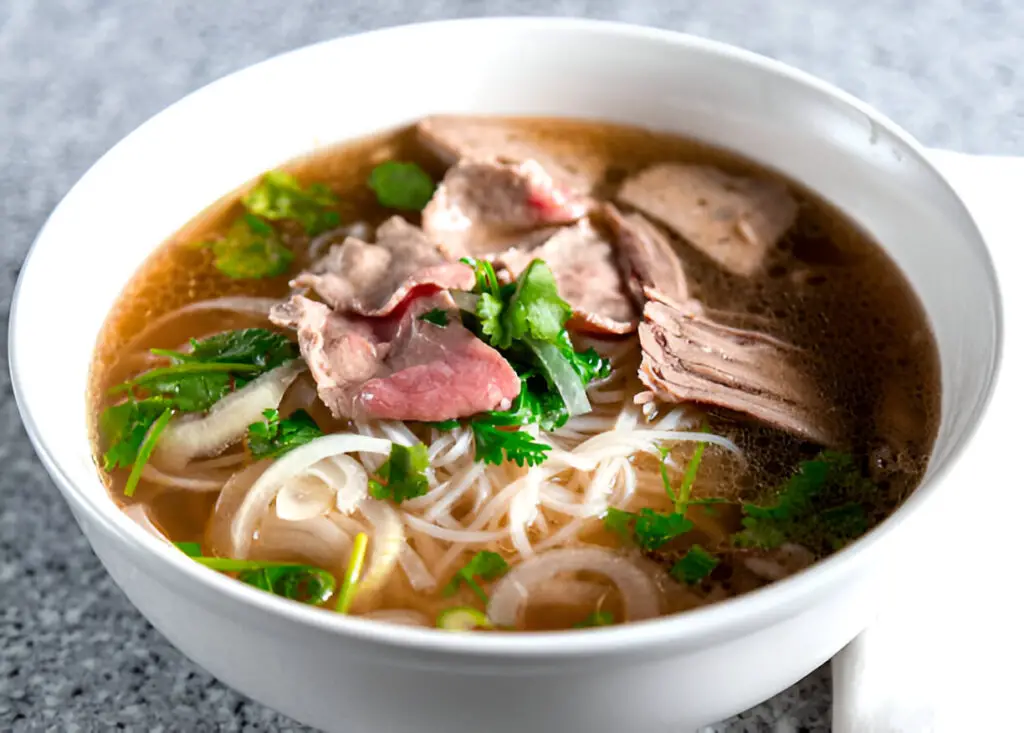
Next up, the noodles. Here’s where things start to get a little sticky—literally and figuratively. Pho noodles, typically made from rice, are soft, which is a plus. But they require a bit of slurping, and that’s where the trouble starts.
Slurping might seem harmless, but the sucking motion can create a vacuum in your mouth, which could dislodge the blood clots that are essential for healing. If you’re not careful, you could end up with dry socket—a painful condition that can set your recovery back.
The Meat
Whether you’re team rare beef, well-done brisket, or chicken, the meat in pho is usually tender and thinly sliced. That’s good news for your tender gums. However, even though the meat is soft, it still requires chewing, and any chewing you do should be done with caution.
If you’re dead set on having some protein with your pho, consider opting for something extra tender or even skipping the meat entirely for the first few days. Trust me, your gums will thank you.
The Herbs and Veggies
Ah, the fresh herbs and crunchy bean sprouts—pho’s finishing touch. But here’s the thing: as much as we all love that extra crunch, those veggies are probably not your friends right now.
Anything too crunchy or fibrous could irritate your healing gums or get stuck in the surgical sites. I’d suggest skipping the herbs and sprouts for now and adding them back in when your mouth is a bit more forgiving.
Pho or No Pho? That Is the Question
So, can you eat pho after wisdom teeth removal? The answer isn’t a simple yes or no. It’s more of a “yes, but…” situation. If you’re craving pho and feel up to the challenge, you can definitely enjoy it—with some modifications, of course.
A Post-Surgery Pho Plan
Here’s a game plan to make your pho experience as enjoyable—and safe—as possible:
- Cool It Down: Make sure the broth is lukewarm, not hot. You want to avoid any unnecessary irritation.
- Skip the Slurp: Instead of slurping the noodles, try cutting them into smaller pieces with a spoon to minimize the sucking motion.
- Go Light on Meat: Consider skipping the meat or choosing something extra tender that requires minimal chewing.
- Avoid Crunch: Hold off on the herbs and bean sprouts until your gums have healed more.
- Take It Slow: Eat slowly and mindfully. The last thing you want is to rush and accidentally hurt your healing gums.
The Alternatives to Pho
If the thought of a modified pho experience doesn’t thrill you, don’t worry—there are plenty of other soft foods that can keep you satisfied during your recovery.
Here are a few options that might hit the spot:
- Mashed Potatoes: Creamy, smooth, and easy to eat.
- Yogurt or Smoothies: Cool and gentle on your gums, with the bonus of added nutrients.
- Oatmeal: Soft, filling, and customizable with different flavors.
- Soup: Stick to broth-based soups without chunky ingredients.
- Pudding or Ice Cream: A sweet treat that’s soft and soothing.
A Table to Compare
Let’s compare pho with some of these alternatives to see how they stack up for post-wisdom teeth removal meals:
| Food Item | Post-Surgery Friendly? | Why? |
| Pho (Modified) | Yes, with caution | Broth is soothing; noodles and meat need care |
| Mashed Potatoes | Yes | Soft and easy to eat without chewing |
| Yogurt/Smoothies | Yes | Cool, soft, and nutrient-rich |
| Oatmeal | Yes | Soft, filling, and easy to customize |
| Soup | Yes | Stick to smooth, broth-based varieties |
| Ice Cream/Pudding | Yes | Soft and soothing; a sweet treat |
My Personal Pho Experience
When I had my wisdom teeth removed, I craved something comforting but wasn’t ready to tackle a full bowl of pho. I tried a modified version, with lukewarm broth and just a few soft noodles. It hit the spot without causing any discomfort. I skipped the meat and veggies entirely, focusing on the broth to soothe my sore gums. It wasn’t the full pho experience, but it was close enough to keep me satisfied.
I also leaned heavily on mashed potatoes and smoothies for the first few days. They were easy to eat, filling, and didn’t require any chewing. By the end of the week, I felt more comfortable incorporating soft noodles and tender proteins back into my diet.
Wrapping It Up
So, can you eat pho after wisdom teeth removal? The answer is yes—but with some adjustments. The broth can be your best friend if you keep it at a safe temperature. The noodles and meat require a bit more caution, and you’ll want to avoid anything too crunchy or fibrous.
Ultimately, it’s all about listening to your body. If something doesn’t feel right, it’s okay to hit pause and try again later. Recovery from wisdom teeth removal is all about patience, and as much as we all love a good bowl of pho, there’s no rush to dive back into your usual eating habits.
Remember, your mouth just went through a pretty intense procedure, so be kind to it. With a little care and some creativity, you can still enjoy some of your favorite foods—even if they’re slightly modified.
And before you know it, you’ll be back to slurping up pho noodles with the best of them. Until then, take it slow, take it easy, and treat yourself to some well-deserved rest.

